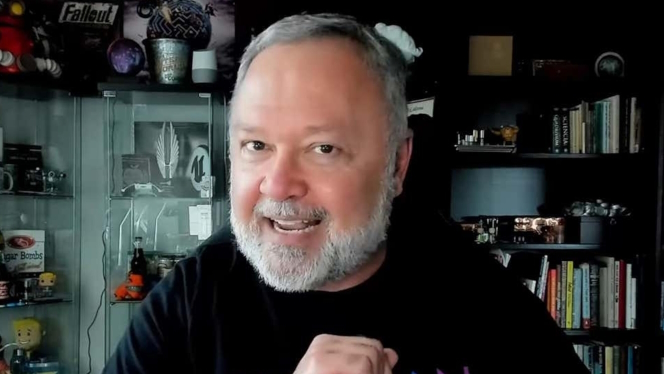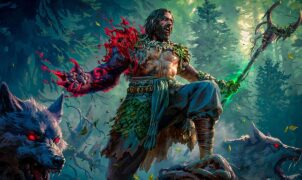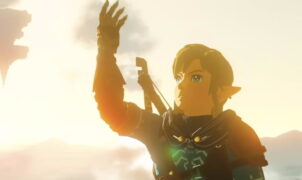“Fallout wasn’t designed to have other players.” Fallout co-creator Tim Cain expressed serious doubts about turning the franchise into an MMO.
Fallout 76 wasn’t Bethesda’s first attempt to merge the retro post-apocalyptic series with an MMO. Years earlier, the franchise’s original owner, Interplay, had toyed with the idea of creating Fallout Online. This project began after Bethesda had already acquired the series’ rights. However, the two companies struck a deal, which eventually spiraled into lawsuits, a settlement, and the cancellation of Fallout Online.
The concept dates back even further. Though Bethesda officially acquired Fallout in 2007, Interplay founder Brian Fargo had been considering the MMO idea since the late 1990s. He proposed it to Black Isle Studios, but the studio’s founder, Feargus Urquhart—now Obsidian Entertainment’s CEO—rejected the idea outright. An MMO didn’t align with Fallout’s core themes, a sentiment shared by Fallout’s co-creator, Tim Cain.
After Black Isle dismissed the pitch, Interplay’s online division, Engage, began developing Fallout Online. By this time, Cain had already left Interplay, but his input was still sought. “I remember attending multiple meetings with them,” Cain recalls. “I kept warning them: ‘I’m extremely cautious about this, for several reasons.’” One of his concerns? The acronym for the project, FOOL, would spell “fool.” His greater fear, however, was that a multiplayer game would undermine Fallout’s essence.
“We designed a game where you’re out in the Wasteland on your own,” Cain explained. “And now you want to change that into a game where you step out of your Vault and find 1,000 other people in identical blue-and-yellow suits. That’s an entirely different tone and experience.”
Cain stressed the risks to Interplay: “They accused me of being overly negative. But I wasn’t saying, ‘Don’t do this.’ I was saying, ‘You’re making this much harder for yourselves.’”
Interplay proposed reducing the number of players in each instance (a concept Bethesda later adopted for Fallout 76), but Cain argued that the issue wasn’t about numbers. “The Vault Dweller was special, burdened with the responsibility of the Vault’s future. You can’t just throw in dozens, hundreds, or thousands of other players and expect it to feel the same. Fallout 76 feels fundamentally different from Fallout 3 or 4 simply because of the multiplayer element.”
Interestingly, Fallout 76 found footing with its focus on rebuilding civilization. Cain notes that “the groundwork for this was already laid in Fallout 4 with its settlement-building mechanics.”
“When a series progresses, its trajectory becomes apparent,” Cain observes. “Fallout 3 led to Fallout 4, and Fallout 76 continues on that path. Fallout 1 and 2, however, were heading in an entirely different direction. That’s not necessarily a bad thing—it’s just different.”
Despite initial skepticism, Fallout 76 eventually found its audience. While not Cain’s ideal Fallout, its survival mechanics and focus on rebuilding Appalachia resonated with players who enjoyed multiplayer experiences.
For some fans, though, the dream remains the same: a single-player Fallout that stays true to the original vision of creators Cain and Leonard Boyarsky.
Source: PC Gamer
















Leave a Reply